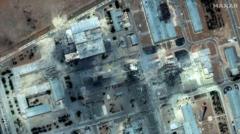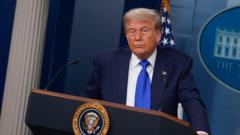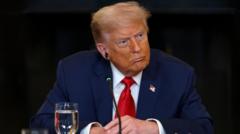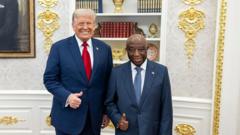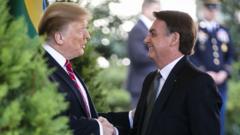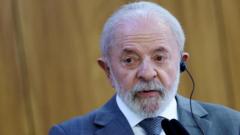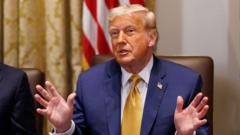In his six months in office, President Trump's unpredictable tariff strategy has led to turmoil in global trade relations, prompting diverse reactions from various countries and economic analysts.
Turmoil in Trade: President Trump's Tariff Strategy Leaves Global Partners in Flux

Turmoil in Trade: President Trump's Tariff Strategy Leaves Global Partners in Flux
President Trump's erratic tariff policies and negotiations raise concerns about the stability of international trade.
Six months into his presidency, the tariff policies of President Trump have devolved into a chaotic and unpredictable strategy that has perplexed global trading partners. Following the introduction of new tariff numbers at the White House in April, negotiations that were initially brisk have encountered significant disruptions.
Trump's approach has been marked by abrupt changes to deadlines and negotiations that collapse at critical moments, often due to unexpected conditions. For instance, he has linked tariffs to issues such as Brazil's handling of its former president Jair Bolsonaro and the influx of fentanyl from Canada, complicating otherwise straightforward economic discussions.
Airlangga Hartarto, Indonesia's Minister for Economic Affairs, remarked that engaging with U.S. officials feels like traversing a complex maze, indicating the difficulty in reaching agreements. This climate of uncertainty is stymying businesses and countries from making concrete plans, as the predictable framework of global trade seems to dissolve into chaos.
Economic analysts like Carsten Brzeski, head of macroeconomics at the bank ING in Germany, describe this uncertainty as toxic for the global economy. The initial optimism surrounding the possibility of "90 deals in 90 days," as pledged by Trump in April, has faded, with the White House shifting towards minimal agreements with major partners like China while sending standardized letters announcing extensive tariffs to multiple countries, set to begin on August 1. Such measures reflect the widening gap between expectations and reality in U.S. trade relations.







